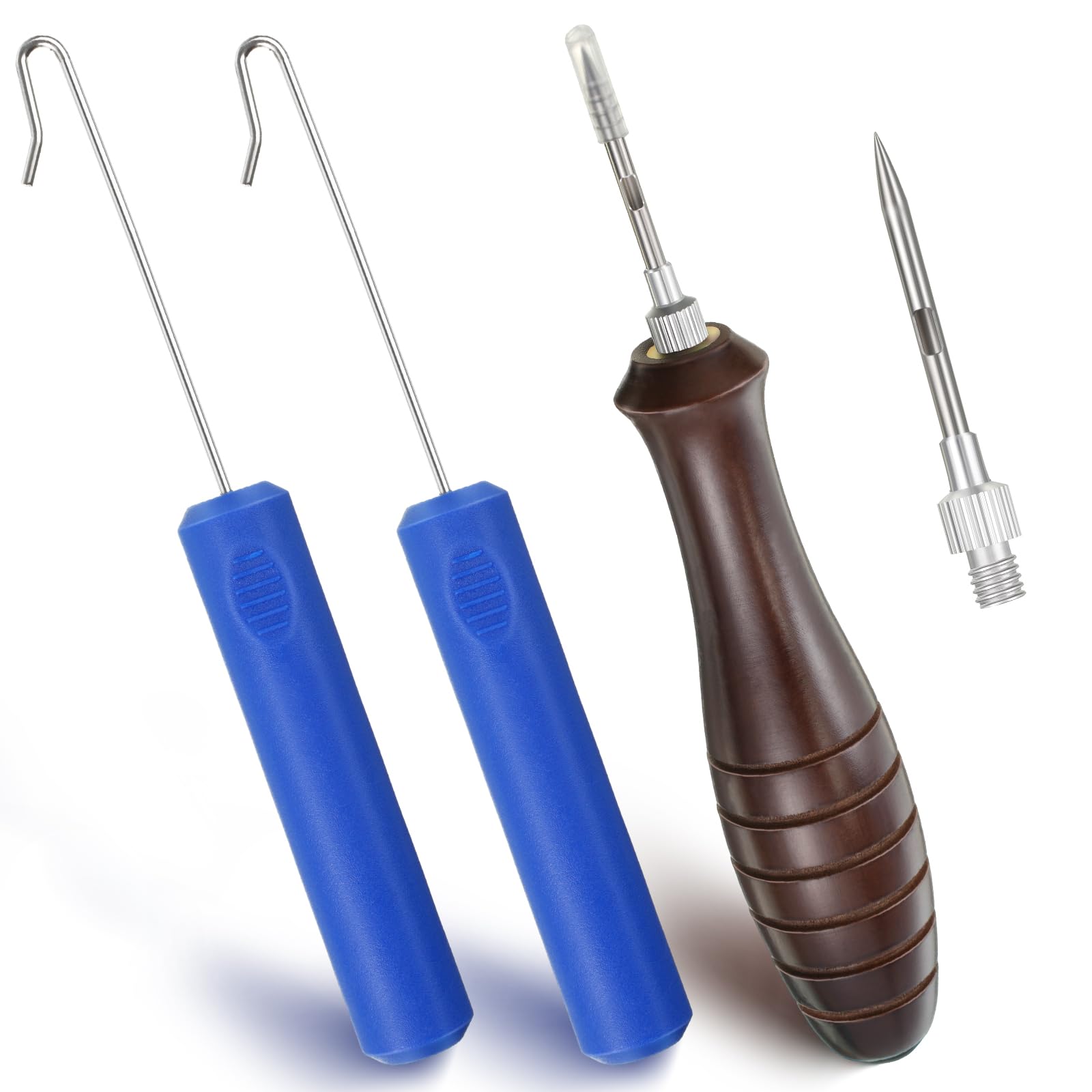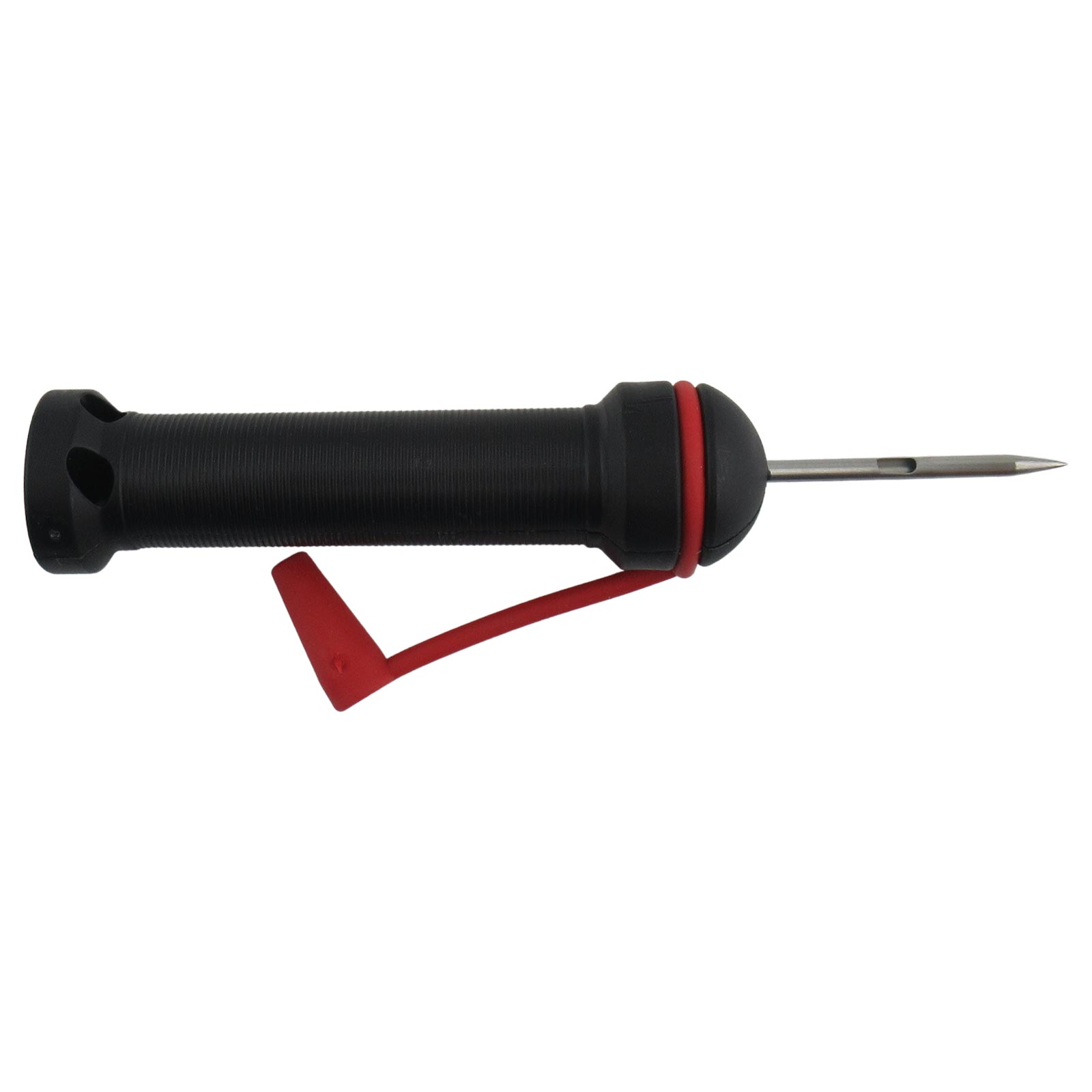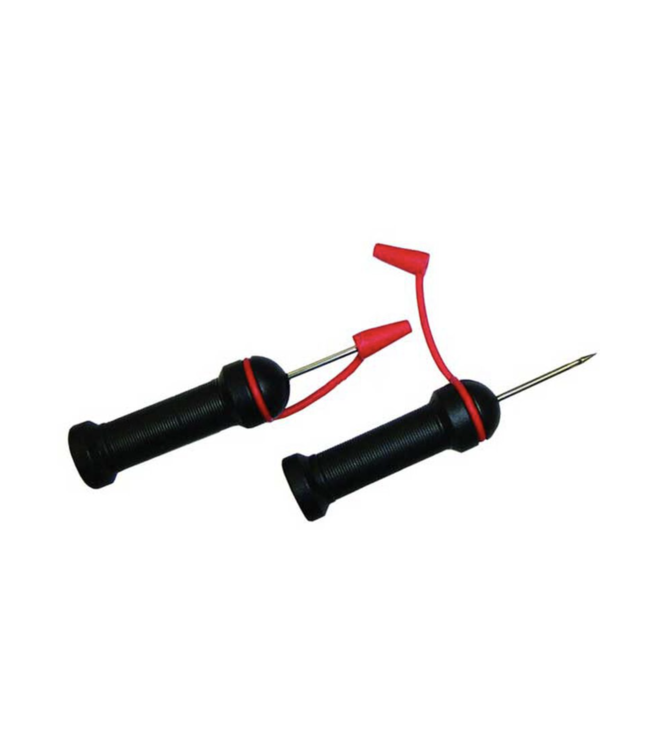Introduction Fishing is a cherished pastime that offers a unique connection to the natural world and the thrill of the catch. However, for many anglers, the journey doesn’t end with reeling in their prize. Properly caring for and releasing the fish they’ve caught is just as crucial to the sport’s sustainability and the well-being of the aquatic ecosystem. One essential tool in this process is the fish venting tool, a specialized device designed to alleviate the harmful effects of barotrauma, a condition that can occur when fish are brought up from deeper waters. In this comprehensive guide, we’ll explore the importance of fish venting, the anatomy and physiology behind barotrauma, and the essential features and techniques for using a fish venting tool effectively.
Understanding Barotrauma: The Challenge of Deeper Waters
The Science Behind Barotrauma
Barotrauma is a condition that occurs when fish are rapidly brought up from deeper waters, where the increased water pressure has caused their swim bladder to expand. This expansion can lead to a variety of complications, including the fish being unable to swim back down, bulging eyes, and internal organ displacement. If left untreated, these issues can be fatal for the fish, even if they are released.

The Consequences of Barotrauma
The effects of barotrauma can be devastating for both the individual fish and the overall health of the fishery. When fish are unable to swim back down, they become easy targets for predators or may eventually succumb to the injuries caused by the pressure change. Additionally, if these fish are not properly vented and released, they may die and contribute to unnecessary waste, ultimately impacting the sustainability of the fishery.
The Role of Fish Venting Tools
Introducing the Fish Venting Tool
A fish venting tool is a specialized device designed to alleviate the effects of barotrauma by allowing the excess gas in the fish’s swim bladder to be safely released. These tools typically consist of a hollow, sterile needle or lancet that is inserted into the fish’s abdomen, near the pectoral fins, to puncture the swim bladder and allow the trapped gas to escape.
The Benefits of Using a Fish Venting Tool
By using a fish venting tool, anglers can dramatically increase the survival rate of the fish they catch and release, particularly in deep-water species. This not only helps to maintain healthy fish populations but also contributes to the overall sustainability of the fishery. Furthermore, the responsible use of venting tools demonstrates a commitment to conservation and can enhance the angler’s reputation within the fishing community.

Selecting the Right Fish Venting Tool
Features to Consider
When choosing a fish venting tool, there are several key features to consider. Look for a tool with a sharp, sterile needle or lancet that is the appropriate length for the size of the fish you typically target. Some venting tools also feature depth markings or guides to help ensure the proper insertion depth. Additionally, consider the handle design, as a comfortable and ergonomic grip can make the venting process easier and more efficient.
Choosing the Appropriate Size
The size of the fish venting tool you select should be proportional to the size of the fish you’re working with. Using a tool that is too small may not effectively release the trapped gas, while a tool that is too large could cause unnecessary trauma to the fish. Refer to size recommendations from reputable sources or consult with experienced anglers to determine the best tool size for your target species and fishing scenarios.
Mastering the Technique: Properly Venting Fish
Preparing the Fish and Tool
Before attempting to vent a fish, it’s essential to ensure that both the fish and the venting tool are properly prepared. Gently handle the fish to minimize stress and damage, and ensure that the venting tool is clean and sterile. Some anglers may also choose to wet the tool’s needle or lancet to further reduce the risk of injury.

The Venting Process
The actual venting process should be carried out with care and precision. Locate the appropriate insertion point, typically just behind the pectoral fin and slightly above the belly line. Insert the needle or lancet at a shallow angle, being mindful of the depth to avoid puncturing the internal organs. Once the trapped gas has been released, gently return the fish to the water, taking care to ensure it can swim back down to its desired depth.
Post-Venting Care and Release
After the venting process, it’s important to continue caring for the fish to maximize its chances of survival. Carefully support the fish in the water, allowing it to recover and regain its strength before releasing it. In some cases, you may need to hold the fish gently in the water to help it swim back down to its preferred depth.
Safety Considerations and Best Practices
Protecting the Fish’s Welfare
When using a fish venting tool, it’s crucial to prioritize the well-being of the fish above all else. Avoid inserting the tool too deeply or in the wrong location, as this can cause serious injury or even death. Additionally, be mindful of the fish’s overall condition and avoid venting if the fish appears to be in poor health or too stressed.

Ensuring Your Own Safety
While the focus should be on the fish, it’s also important to consider your own safety when using a fish venting tool. Wear appropriate protective gloves to prevent accidental punctures or cuts, and be cautious of the sharp needle or lancet to avoid any injuries. Additionally, be aware of your surroundings and the potential for slips or falls, as wall fishing or boat-based venting can present unique safety challenges.
The Importance of Education and Regulation
Staying Informed and Trained
Effective fish venting requires a solid understanding of the underlying science, proper techniques, and best practices. Seek out educational resources, such as online tutorials, workshops, or guidance from experienced anglers, to ensure you’re using the venting tool correctly and minimizing the risk of harm to the fish.

Regulatory Considerations
In many regions, the use of fish venting tools may be mandated or recommended by local fishery management agencies. Be sure to familiarize yourself with the regulations and guidelines in your area, as failure to properly vent fish may result in fines or other penalties. Adherence to these regulations demonstrates a commitment to responsible angling and contributes to the overall health and sustainability of the fishery.
Conclusion
The fish venting tool is a crucial piece of equipment for anglers who fish in deeper waters, as it can mean the difference between life and death for the fish they catch and release. By understanding the science behind barotrauma, mastering the proper techniques, and prioritizing the well-being of the fish, you can become a more responsible and effective angler, contributing to the long-term sustainability of the fisheries you enjoy. Remember, the responsible use of fish venting tools not only benefits the fish but also enhances your own fishing experience and reputation within the angling community. Embrace the power of the fish venting tool, and let it guide you towards a more sustainable and rewarding fishing future.





















